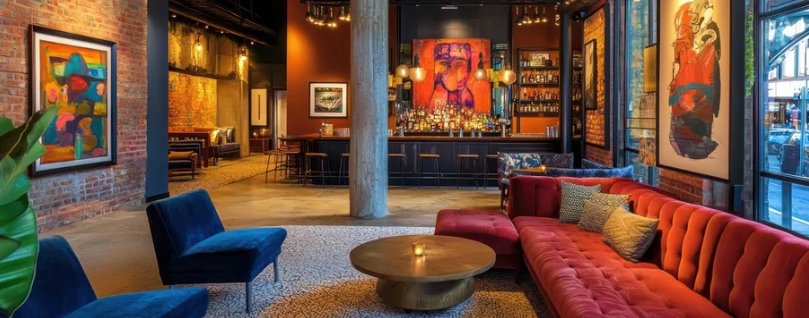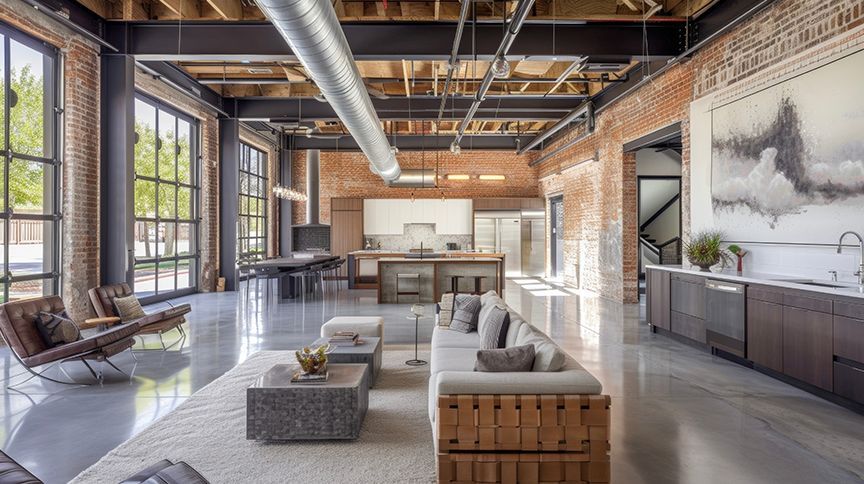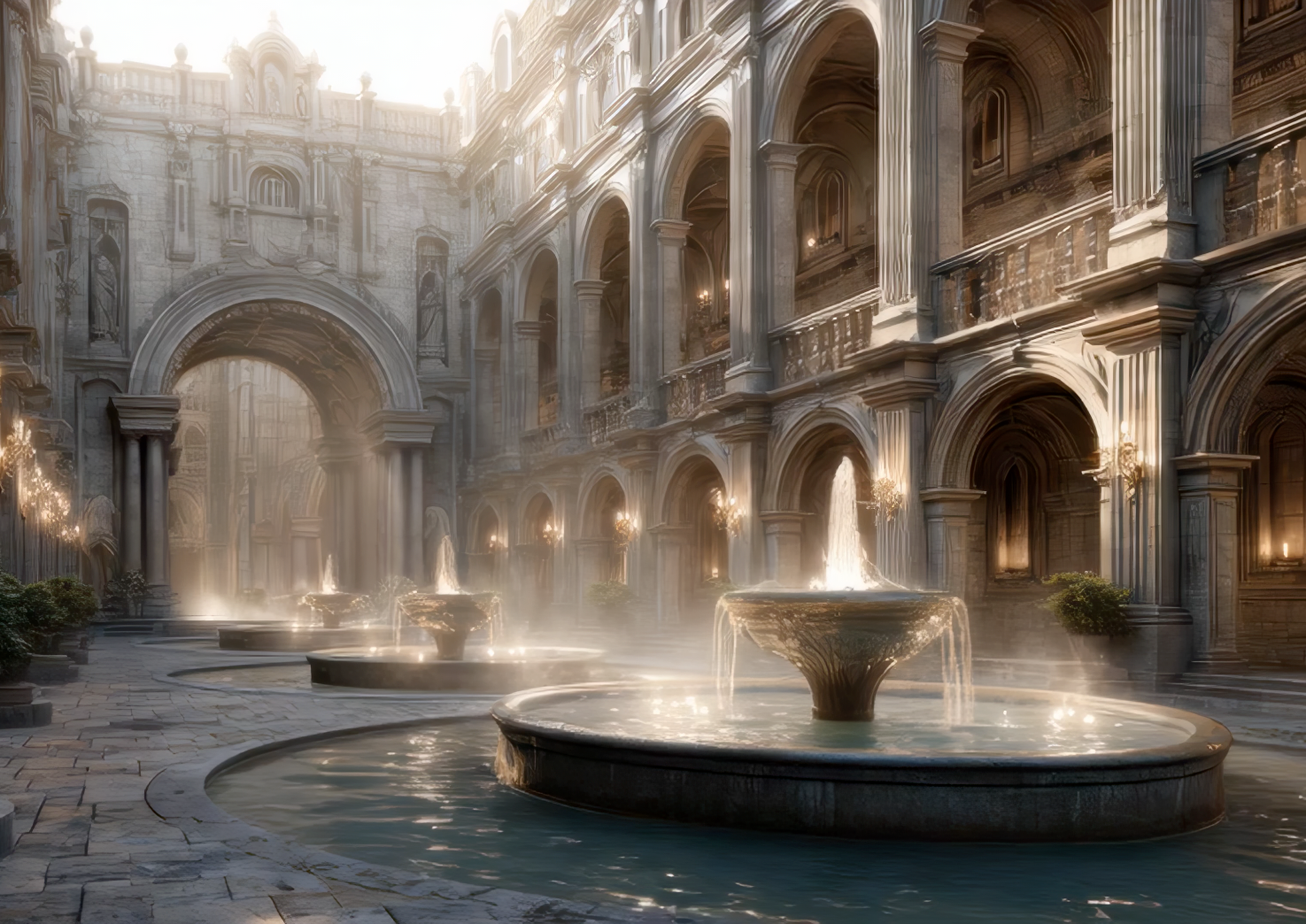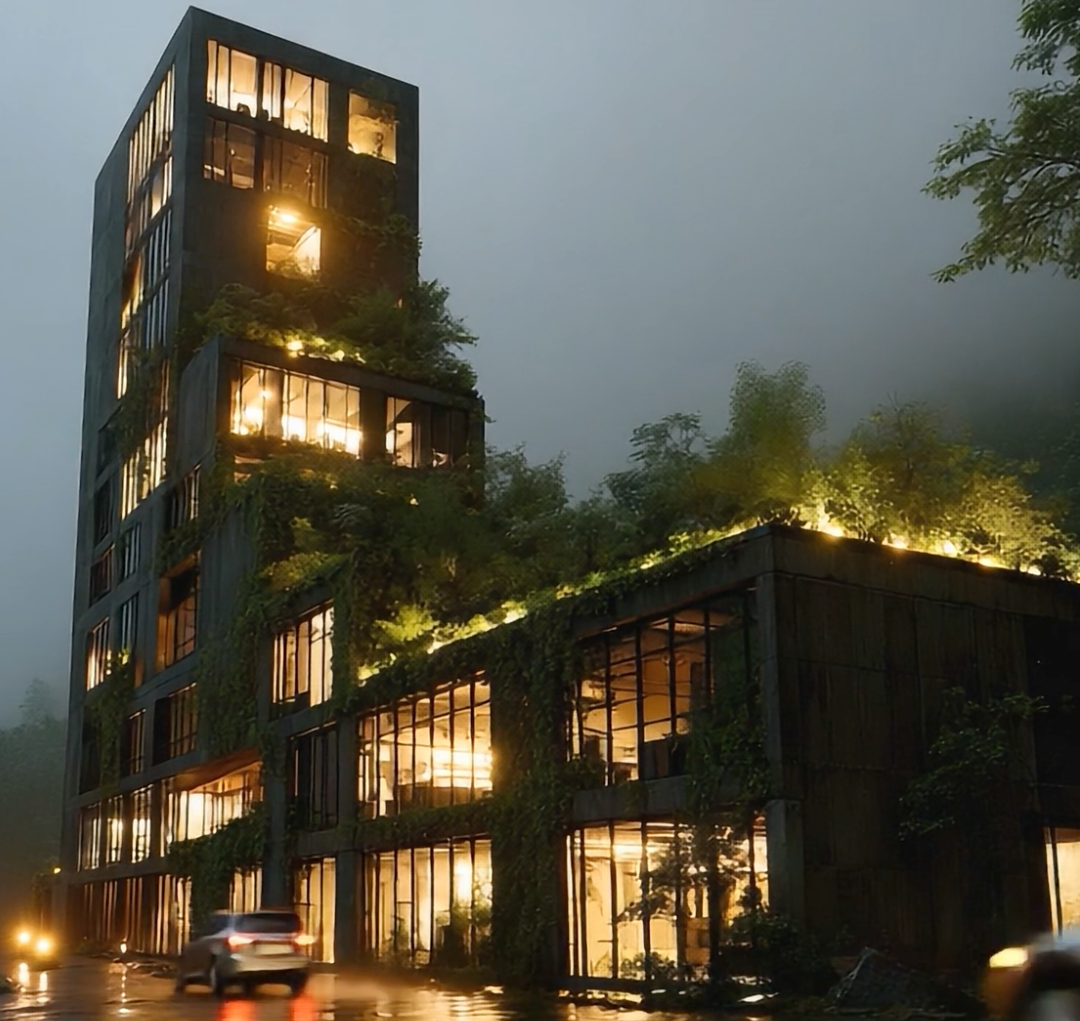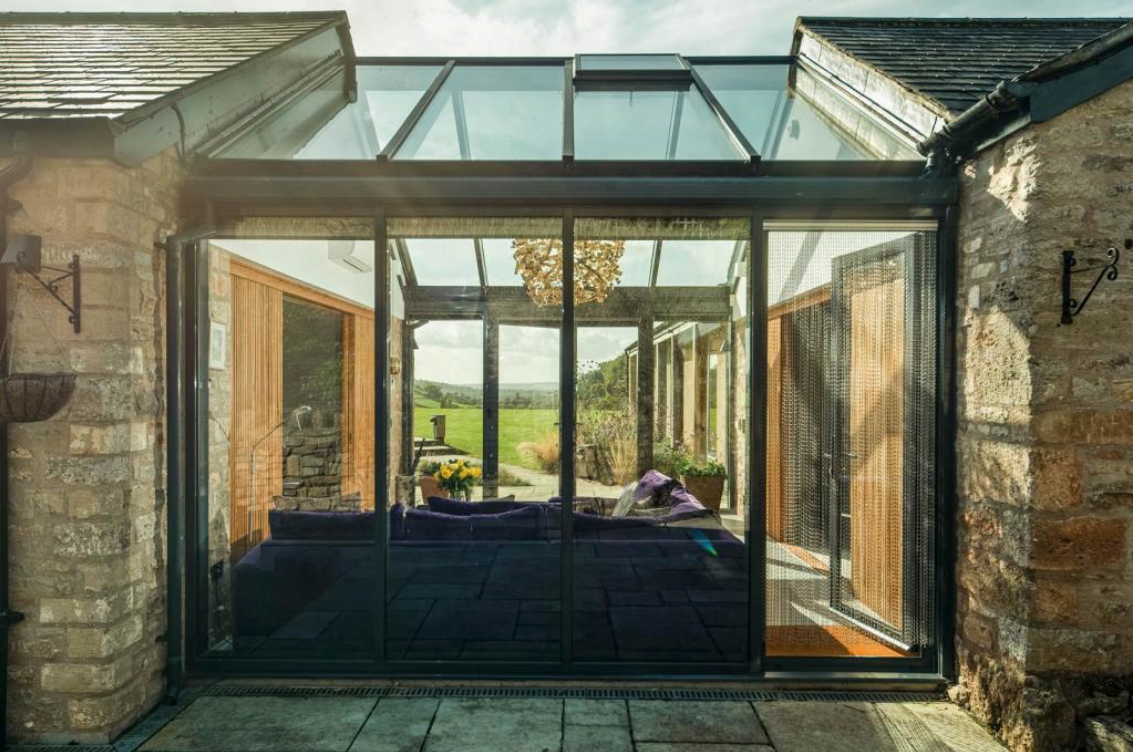The Answer to the Riddle:
Nunney Castle

If you followed the cryptic clue—A knight’s watery retreat, where history’s walls still whisper—and found yourself here, welcome! The answer is Nunney Castle, a moated medieval fortress nestled in Somerset.
Built in the 1370s by Sir John de la Mare, a knight who rose to prominence during the Hundred Years’ War, Nunney Castle was designed as both a defensive stronghold and a statement of power. Its thick stone walls and picturesque moat are echoes of a time when architecture was about more than just shelter—it was about protection, prestige, and permanence.
What Can We Learn from Nunney Castle?
Though now a ruin, Nunney Castle offers valuable lessons for modern design. Its fusion of form and function - strong defences wrapped in aesthetic appeal—mirrors the way we approach sustainable architecture today. Medieval builders maximised local materials, adapted to the landscape, and designed for resilience. These principles still hold true for architects and designers crafting eco-friendly, enduring spaces in the present day.
The Past Shapes the Future
The past isn’t just a collection of stories—it’s a blueprint for innovation. By studying historical structures like Nunney Castle, we gain insights into how to design with longevity and purpose. Whether it’s through sustainable materials, energy-efficient planning, or the seamless blending of beauty and utility, history provides a roadmap for building a better future.
Next time you explore an old castle, a ruin, or even a centuries-old home, ask yourself: What design secrets are hidden in these stones?




